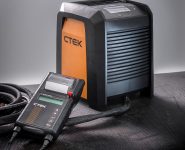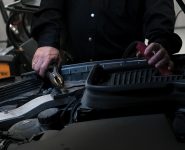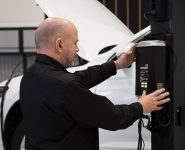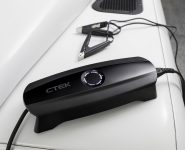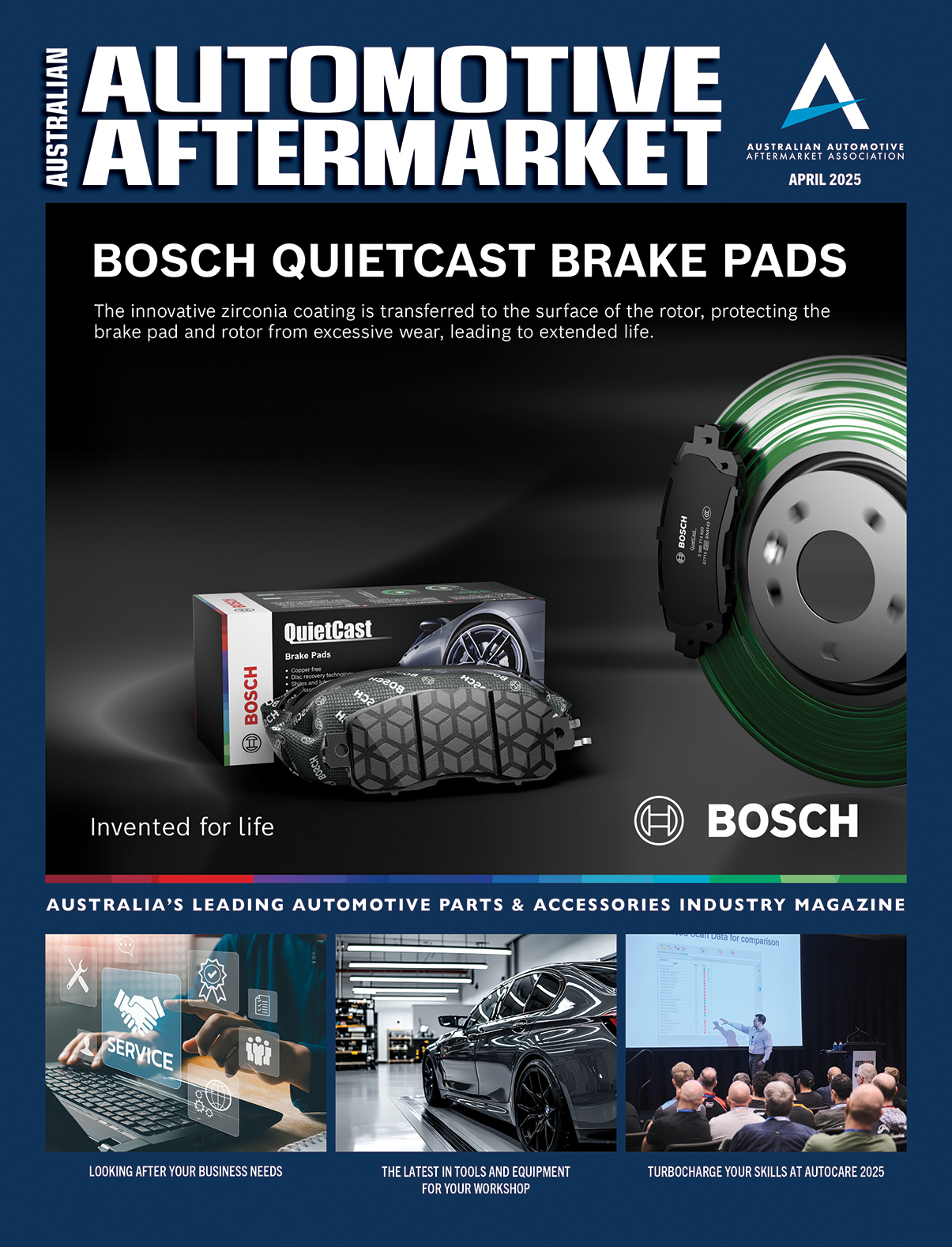CTEK HIGHLIGHTS JUMP STARTING RISKS
Jump starting can cause issues, says Ctek
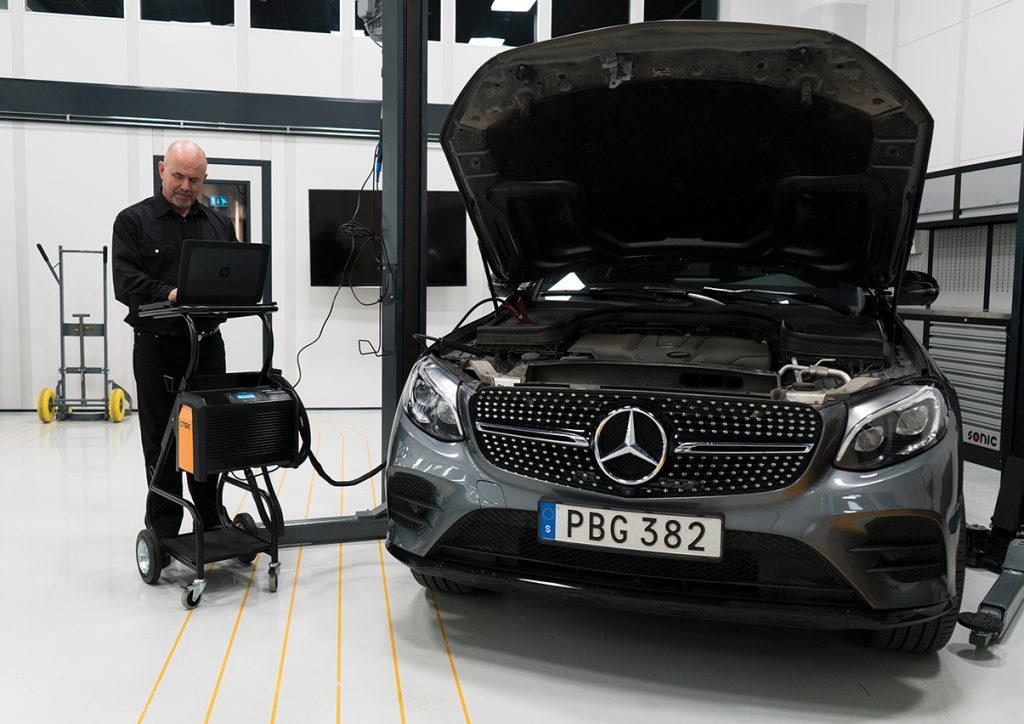
When a vehicle arrives at the workshop with a low charge or damaged battery, you may be tempted to jump start it from another vehicle, using jump leads, or from a battery booster pack.
Ctek says that while this will get the car going immediately, jump starting can damage the vehicle’s sensitive electronics causing ongoing issues for your customer.
Today’s modern vehicles have more than 200 mini computers or ECUs (electronic control units).
These computer systems have a sensitive level of around 16 volts, but jump starting a lead acid battery incorrectly can cause a surge of power up to 20 volts – rather like hitting the car’s electrical system with a lightning bolt – and this sudden spike in voltage can quite easily blow one of these ECUs.
Not only are replacement ECUs expensive for the customer but replacing them delays the job you’re working on, blowing out timelines and causing disruptive delays.
Why shouldn’t you jump start a car?
When you jump start a car, the battery booster pack – or, if you are using jump leads, the battery on the connected vehicle – acts as a power reservoir to get the engine started, temporarily bypassing the drained battery.
Then, once the engine is running and you disconnect the booster pack or jump leads, the alternator suddenly sees an empty battery and instantly reacts by opening the floodgates to refill it.
This massive rise in current creates a spike in voltage, and this is what can cause the damage.
Jump starting a car damages the battery too, as the alternator is pumping in current at a higher rate than the battery can handle.
This causes the battery to heat up, bending the battery plates, leading to the shedding of active material (lead dioxide) and causing a build up of debris in the bottom of the battery.
Ctek says this damage will reduce the efficiency of your customer’s battery and dramatically reduce its lifespan, making earlier replacement necessary and creating a frustrated customer if something goes wrong with their vehicle shortly after a service.
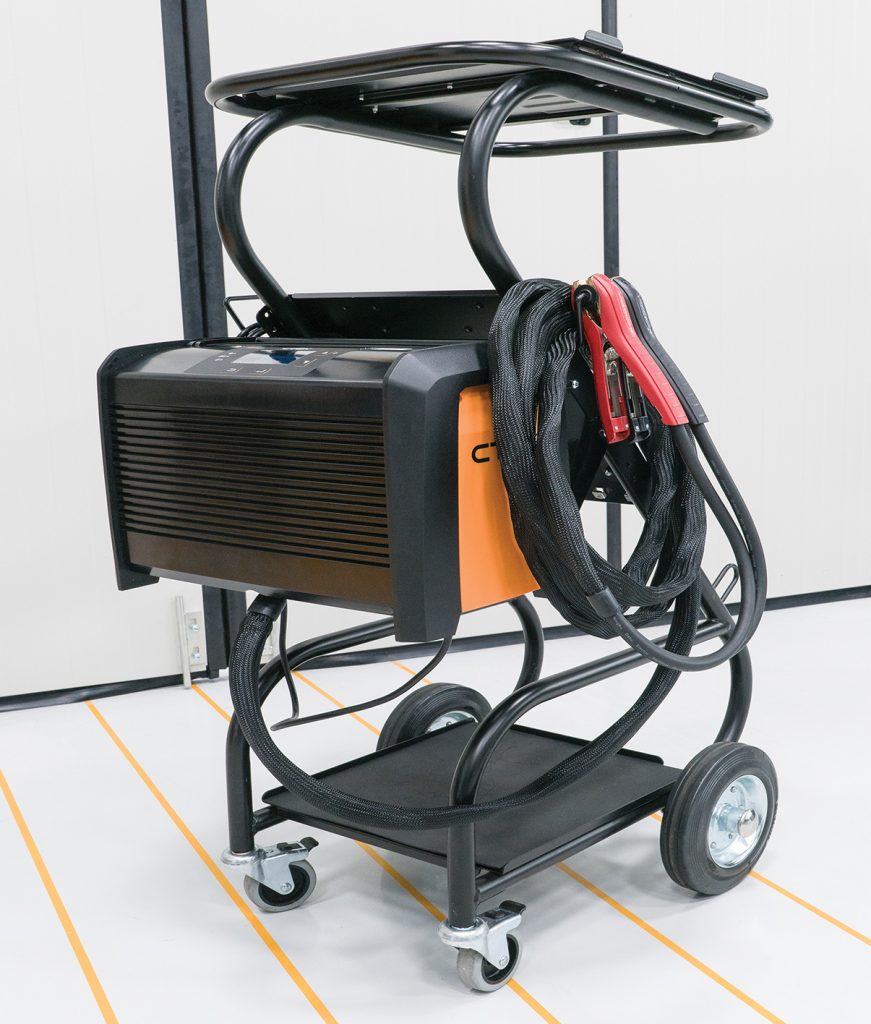
The benefits of keeping the battery on charge
To ensure a vehicle’s battery is at full charge by the end of service, and to avoid battery run-down when the vehicle is being serviced, Ctek says it is critical the workshop has an intelligent, powerful and easy-to-use battery charging and support solution they can rely on.
It says the Ctek PRO120 is designed to meet the most extreme power demands in any workshop, capable of supporting 120A charging at 12V, and compatible with gel, lead-acid and lithium-based batteries.
It restores charge and reconditions batteries using a patented multi-step charging process. Using ‘adaptive charging’ mode, the unit automatically detects the appropriate settings for the battery and applies optimum settings for the fastest charge.
It is also a stable power supply with a variable output that can respond immediately to any increases in power demands that may occur during servicing.
Another option is the Ctek PRO25S. Suitable for all 12V battery types it has a ‘supply’ mode to support the battery through diagnostics, service or fault-finding work.
The unit works with both lead acid and lithium batteries and is portable meaning that it can support a vehicle anywhere in the workshop or on the forecourt.
For more information, visit www.ctek.com



